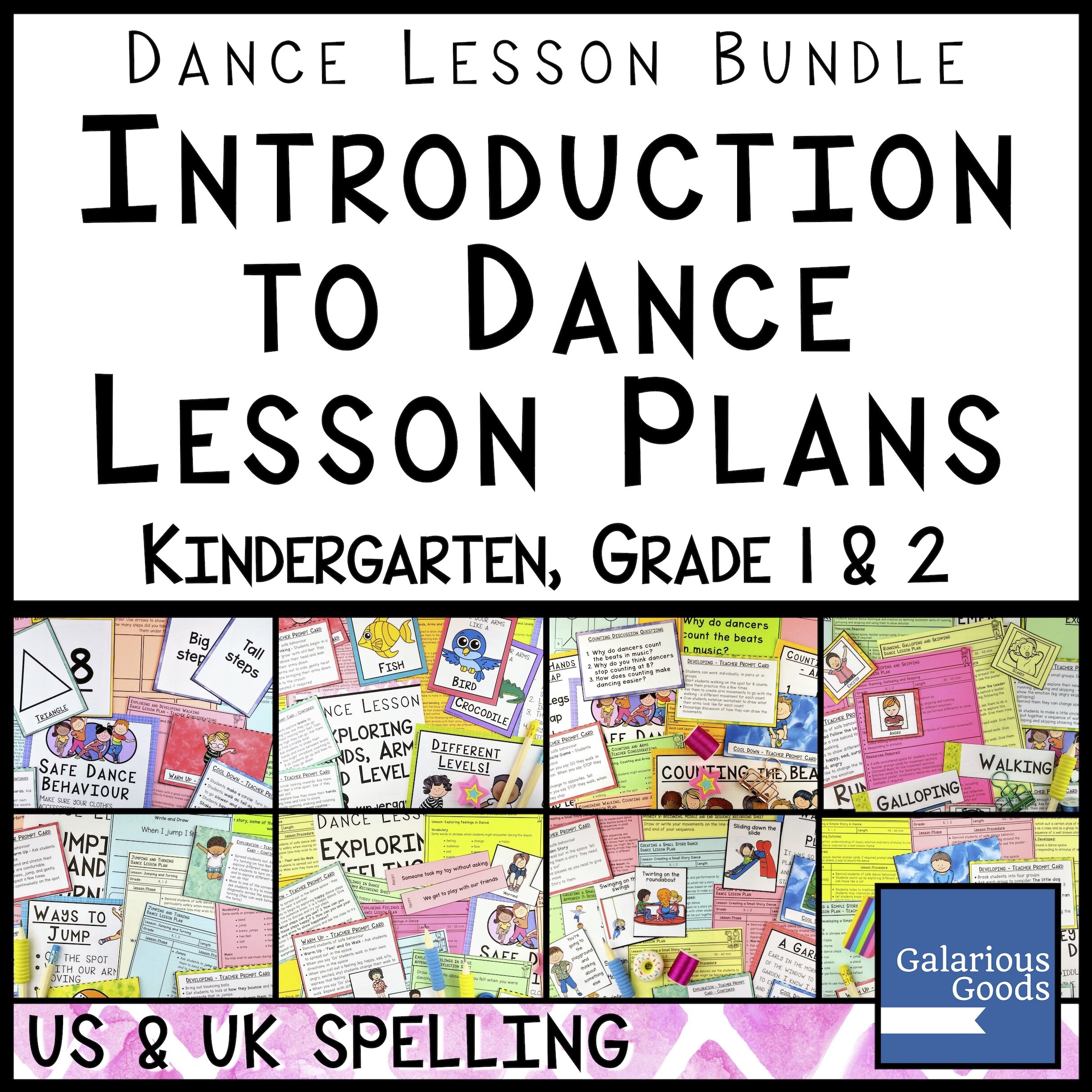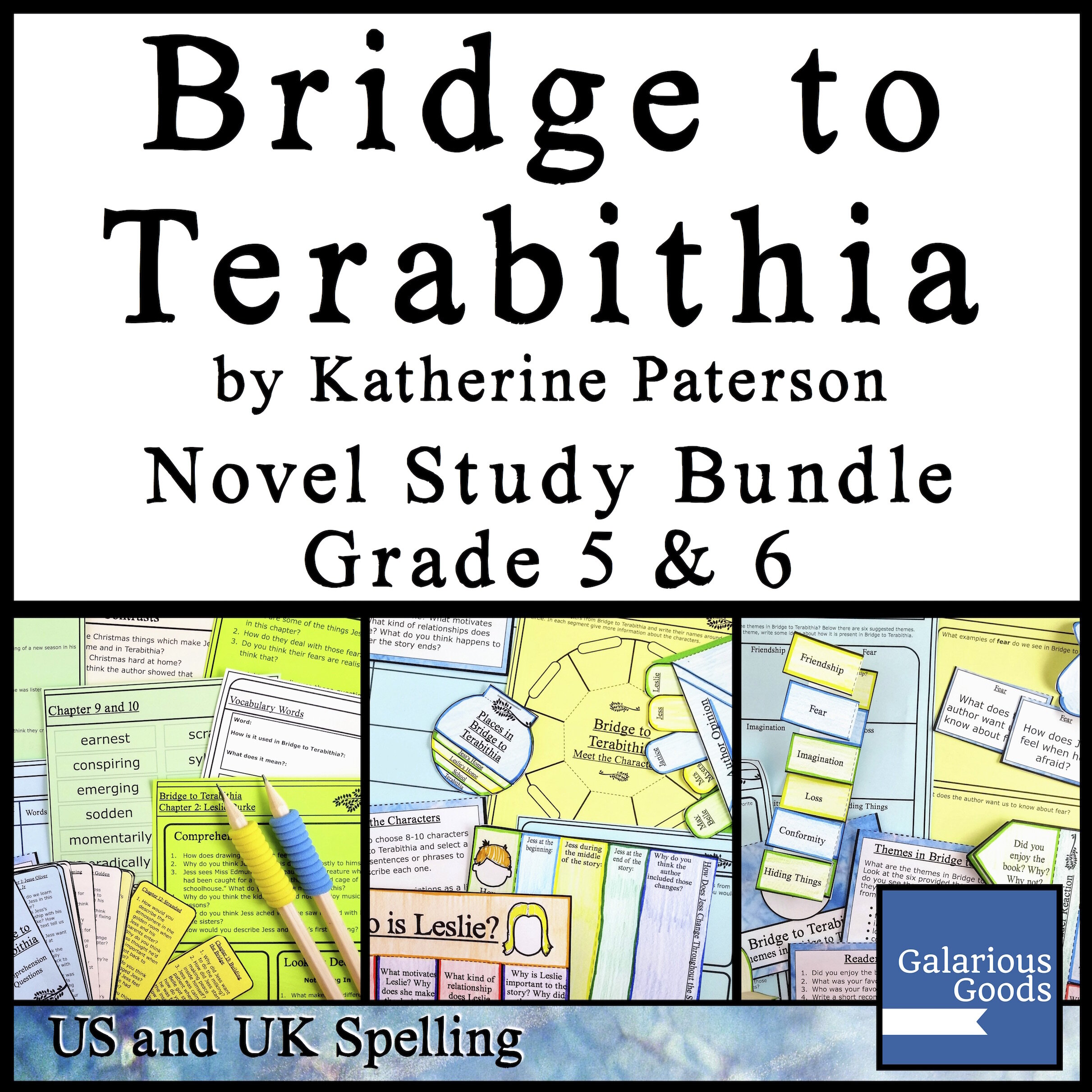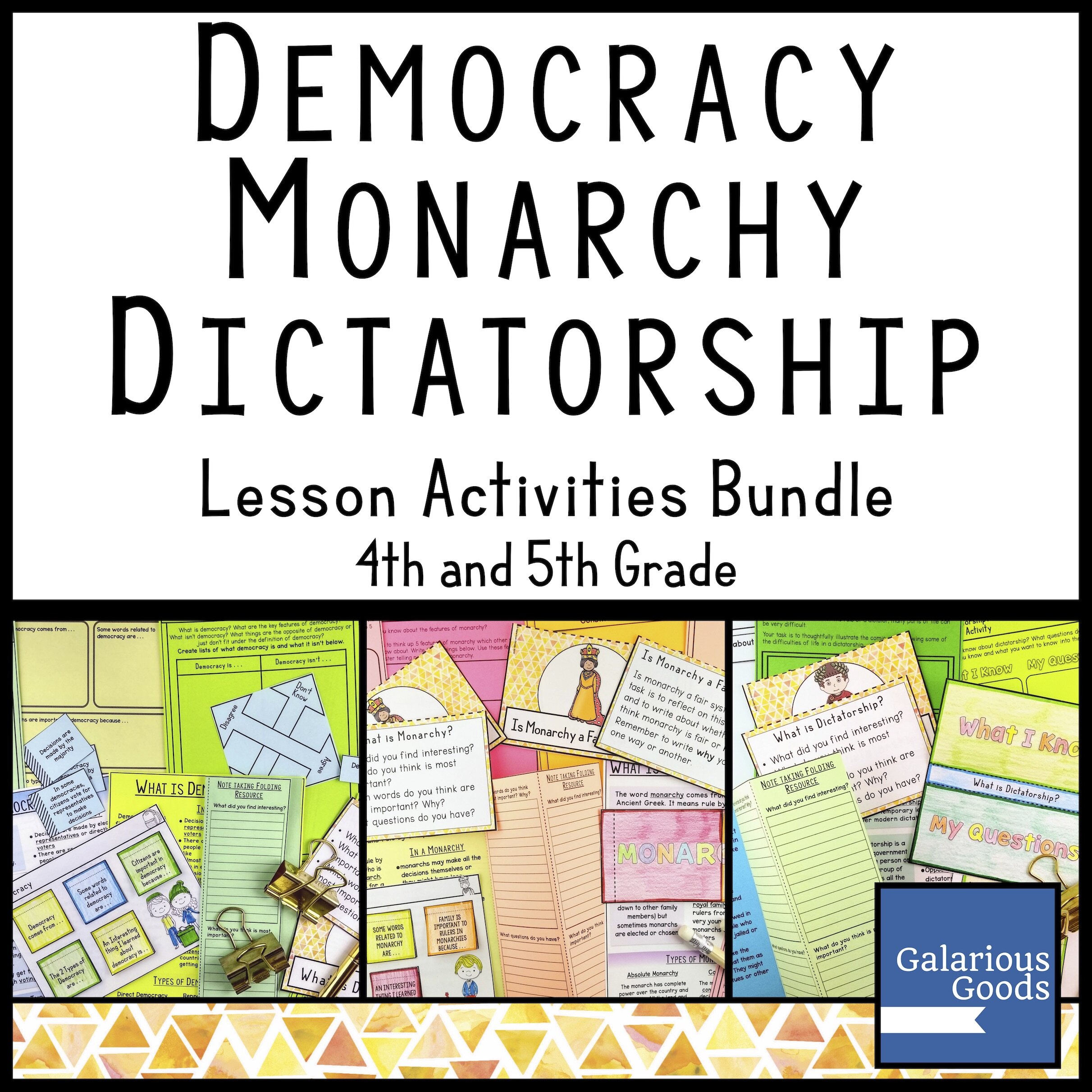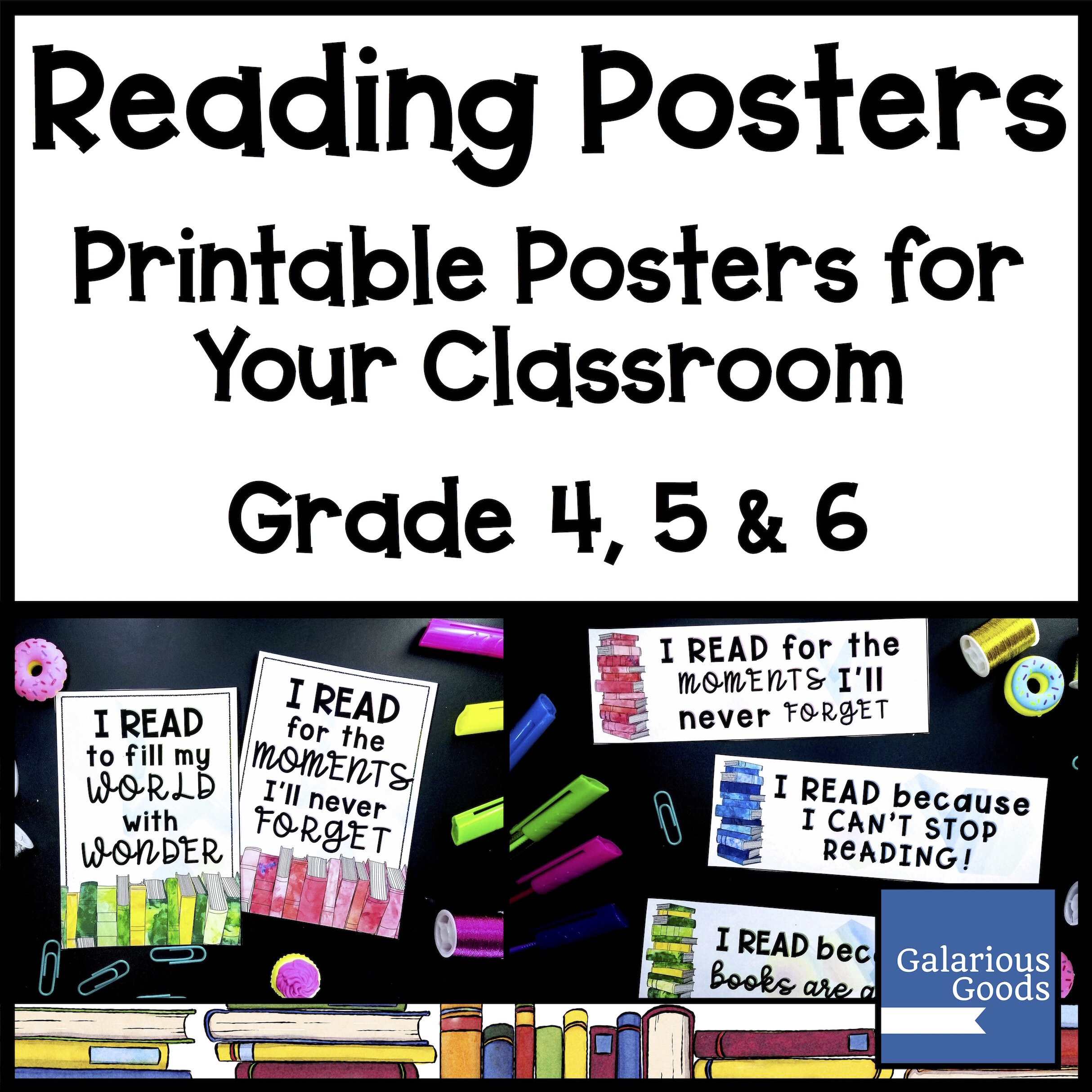How to Use Teacher Knowledge to Throw an Excellent Birthday Party
/I have been wanting to throw a Harry Potter birthday party for years. And with my Harry Potter loving son turning seven, I finally got to bring all my party ideas to life.
As the party finished and we attacked the clean up, I realised how much my teaching background had helped to make the party a success. Here’s some ways it helped me - and you can use your teaching knowledge to throw an excellent party.
1. Being Prepared
Much like I collect random ideas for teaching resources, I spent a lot of time collecting ideas for the party. I kept a Pinterest board of inspiration, returned to my well-thumbed Harry Potter story and reference books, made detailed lists (and more lists) and had a pretty clear idea of what I wanted before the creating began.
This is the kind of ongoing preparation which can be super helpful in the classroom. Using pinterest or other note taking resources can help you keep track of any ideas you come across. Making lists as you go, and referring to source material - whether it’s books or websites or videos - can help you create effective learning units.
2. Being Flexible in My Planning
I really, really wanted a slime station for this Harry Potter party - it was the perfect way for a group of curious 6 and 7 year olds to explore ‘potions’. But - like lesson preparation going askew - I couldn’t get any of the safe recipes I found to work. I didn’t want to use ingredients which would require heavy adult supervision, so I needed to get to work finding a solution. It took a range of materials, several hours of testing, quite a number of absolute failures . . . and some barely remembered chemistry knowledge from high school, but I finally got there.
In the classroom, we have to be ready to admit when something isn’t working - and be prepared to adjust what we’re doing, do further research into the topic, or throw it out and try something different. We’re only doing our students a disservice if we stay inflexible, if we’re not willing to move on from something which isn’t working.
3. Using What We Have
“You’ll have a Sorting Hat, won’t you?” a friend asked about a week and a half before the party.
Oh. Right. About that . . . .
No. I hadn’t planned a Sorting Hat. But this was a party based on the first book alone (so we can hold other parties in other years if we want to!), so a Sorting Hat would be an excellent addition. It turns out that a cheap straw hat from the discount shop can be combined with a couple of pieces of paper, a stapler, some felt . . . and a lot of glue and paint to make a great Sorting Hat.
Knowing what I had available at home (everything except the hat) and having a pretty good idea of what I could do with the tools and supplies I had (glue and felt together are rather magical) allowed me to bring the Sorting Hat to life. The same principles apply in our classrooms. It’s good to know what we have available to us - whether it’s books, physical supplies in our rooms or resource rooms, technology apps and programs or just the knowledge we’ve picked up over the years - and to know how we can use them in different ways.
How can we use what we have better? By keeping it organised and up to date, keeping lists of books and materials and making notes of things which work well in the classroom or information we get from professional development sessions. And by taking a little time to learn how to use the tools we have - whether it’s science equipment, technology tools or digital resources. It takes a little investment to start with, but will save you big time in the long term.
4. Name Everything
While we did traditional gift bags, we kept them small (bookmarks, a slime recipe and a treat) and supplemented them with wands and the slime they created and the plants they potted as part of the party activities. With all these objects flying around (not literally, we’re not really magic!) and more than 20 guests, only 1 thing - a wand - was left behind at the end of the party. How did we achieve this?
Well, we did have some brilliant parents who kept an eye on everything, but we also had a space for names on absolutely everything. We used sticky labels on the plant pots (with another sticky label for plant care instructions). We hot glued tags onto the wands. We had a handful of permanent markers at hand to write names on the slime. We had permanent markers everywhere for naming!
We also had guests who were excellent at writing their names on things (thanks to their teachers!). Getting students to write their names on their work - no matter how old they are - makes life so much easier in the classroom. Being able to match a student with their work, without needing complex handwriting recognition or standing holding the lost work at the front of the room, makes life better for everyone.
5. Don’t Forget Your Classroom Management Tricks
Earlier, I mentioned the slime station. Slime. Slime ingredients including glue, glitter and food colouring. And 20-odd six and seven year olds (and a few siblings) with varying levels of reading mastery when it came to the instructions - even the visual instructions I made.
They clearly needed adult help, and - as the current slime expert in the house - I was the best placed to offer it. Despite their beautiful manners and behaviour, it was occasionally chaotic. In the midst of the chaos, I remembered my son telling me about the call and response chants his teachers use. I asked one of the guests for a quick reminder of the chant, used it . . . and wow, I had the calm I needed to organise the next steps for everyone involved. (Again, these kids have GREAT teachers)
We use our claps and chants and gestures because they work. Not all the time, and they can definitely become overused, but they can also give teachers and students lovely little pauses where we can all breathe and take a moment to consider what comes next. It’s definitely worth teaching a few to your students - you never know when you might need them - or someone else will benefit from them.




















